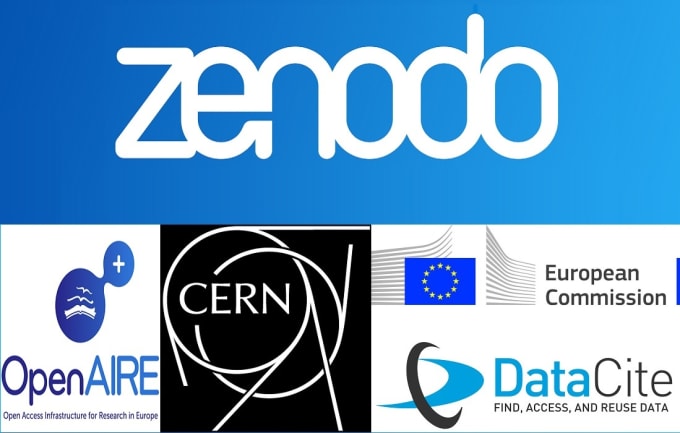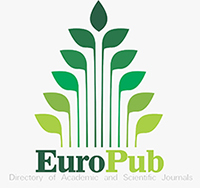Comparison of Volumetric Arc Therapy (VMAT) and Helical Intensity Modulated Radiotherapy (Hel-IMRT) in Lung Cancer Radiotherapy
Radyoterapi
DOI:
https://doi.org/10.5281/zenodo.14032638Keywords:
Akciğer kanseri, helikaltomoterapi, radyoterapi, toksisite, volümetrik ark tedaviAbstract
Definitive radiotherapy (RT) is the mainstay of treatment for locally advanced lung cancer (LALC). There are different RT techniques for LALC. In this study, Volumetric Arc Therapy (VMAT) and Helical Intensity Modulated RT (Hel-IMRT) were compared dosimetrically. For the study, 15 patients who received definitive RT with the diagnosis of LALC between 01.01.2022 and 01.04.2022 in the Radiation Oncology Clinic of Ankara City Hospital were evaluated retrospectively and dosimetrically. Simulation Computed Tomography (CT) images were obtained using the GE Discovery. Two plans were achieved for each patient: a Hel-IMRT plan with the Tomotherapy® H™ treatment planning system (TPS), and a VMAT plan with the Eclipse™ TPS. The value of D 95% (95% of the target volume takes 95% of the prescribed dose) of PTV was intended to receive 5700cGy and above. Additionally, dose limitations have been complied with in critical organs by current guidelines. Using patient electronic system data and patient file information; disease stage, lateralization (right-left), location according to the carina (upper-lower), hot spot doses, gradient index (GI) and homogeneity index (HI), conformity index (CI), heart mean dose, esophageal mean and maximum dose (0.03cc), spinal cord max dose (0.03cc) were noted. The SPSS Package Program version 23.0 was used for data analysis. Non-parametric Wilcoxon-Signed Rank test was used for dependent two-group analysis. The statistical significance limit was £ 0.05. The value of D 95% was significantly higher in the Hel-YART technique than in VMAT (p=0.001). In terms of CI (p=0.001), more optimal values were found with the VMAT technique. There was no significant difference between HI (p=0.069) and GI (p=0.069) two techniques. In critical organs data; the spinal cord maximum dose was significantly lower in the Hel-YART technique (p=0.011). In the VMAT technique, lung V20 (p=0.002), lungV5 (p=0.01), mean lung dose (p=0.01) and mean heart dose (p=0.012) were significantly lower than Hel-YART.
There was no significant difference between the two techniques in terms of esophageal mean, esophageal maximum, and hot spot doses. There are different points where the two different techniques are superior. In the choice of treatment technique, patient-based choices are appropriate per the patient, disease, life expectancy, and clinical practice.
Downloads
References
. Sung H, Ferlay J, Siegel RL, Laversanne M, Soerjomataram I, Jemal A, Bray F. Global Cancer Statistics 2020: GLOBOCAN Estimates of Incidence and Mortality Worldwide for 36 Cancers in 185 Countries. CA Cancer J Clin. 2021 May;71(3):209-249.
Marieb, Elaine Nicpon, & Katja Hoehn. Human anatomy & physiology. Pearson Education; 2007.
Hyde L, Yee J, Wilson R, Patno ME. Cell Type and the Natural History of Lung Cancer. JAMA. 1965;193(1):52-54.
Uluer M. Robotik Kollu Lineer Hızlandırıcı Cihazı Tedavi Planlamasında Kullanılan Monte Carlo ve Ray Tracing Hesaplama Algoritmalarının Karşılaştırılması, Sağlık Bilimleri Enstitüsü, Radyasyon Onkolojisi Anabilim Dalı, İstanbul: Acıbadem Üniversitesi, 2014.
Dyk JV., “Quality assurance of radiation therapy planning systems”, current status and remaining challenges. Int. J. Radiation Oncology Biol. Phys. Vol. 71, No.1, Supplement, pp. 23-27, 2008.
Khan FM. The Physics of Radiation Therapy, 3rd ed, Lippincott Williams & Wilking , Philadelphia, Chapter 4,38-50, Chapter 9,60-170, Chapter 14,300-309 2003.
Palma DA, Verkabel WF, Otto K, Senan S. New developments in arc radiation therapy: A review, Cancer Treatment Reviews, 2010, 36(5): 393-399.
Mans A, Remeijer P, Olaciregui-Ruiz I, Wendling M, Sonke JJ, Mijnheer B, Herk M, Stroom JC. 3D Dosimetric verification of volumetric-modeulated arc therapy by portal dosimetry, Radiation and Oncology, 2010, 94(2): 181-187.
Gordon Mark Mancuso BS. Evaluatıon OF. Volumetrıc Modulated Arc Therapy (VMAT) Patıentspecıfıc Quality Assurance, Brigham Young University, 2008 May 2011.
Huo X, Wang H, Yang J, Li X, Yan W, Huo B, et al. Effectiveness and safety of CT-guided (125)I seed brachytherapy for postoperative locoregional 173 recurrence in patients with non-small cell lung cancer. Brachytherapy. 2016;15(3):370-80.
Wang M, Herbst RS, Boshoff C. Toward personalized treatment approaches for non-small-cell lung cancer. Nat Med. 2021 Aug;27(8):1345-1356.
Delaney GP, Barton MB.Evidence based estimates of the demand for radiotherapy.Clin Oncol.2015.27.70-76.
Shafiq J, Hanna TP, Vinod SK, Delaney GP, Barton MB. A Population-based Model of Local Control and Survival Benefit of Radiotherapy for Lung Cancer. Clin Oncol (R Coll Radiol). 2016 Oct;28(10):627-38.
Vinod SK, Hau E. Radiotherapy treatment for lung cancer: Current status and future directions. Respirology. 2020 Nov;25 Suppl 2:61-71.
Tang G, Earl MA, Luan S, Wang C. Mohiuddin MM, Yu CX. Comparing radiation treatments using intensity-modulated beams, multiple arcs, and single arcs, International Journal of Radiation Oncology Biology Physics, 2010,75: 1554-1562.
Temelli Ö, Demirtas M, and Ugurlu BT. Dosimetric comparison of helical tomotherapy and hybrid (3DCRT-VMAT) technique for locally advanced non-small cell lung cancer. Journal of Radiotherapy in Practice page 1 of 6;2020.
Zhao N, Yang R, Wang J, Zhang X, Li J. An IMRT/VMAT technique for nonsmall cell lung cancer. BioMed research international, 2015.
Downloads
Published
How to Cite
Issue
Section
License
Copyright (c) 2024 Chronicles of Precision Medical Researchers

This work is licensed under a Creative Commons Attribution-NonCommercial-ShareAlike 4.0 International License.






